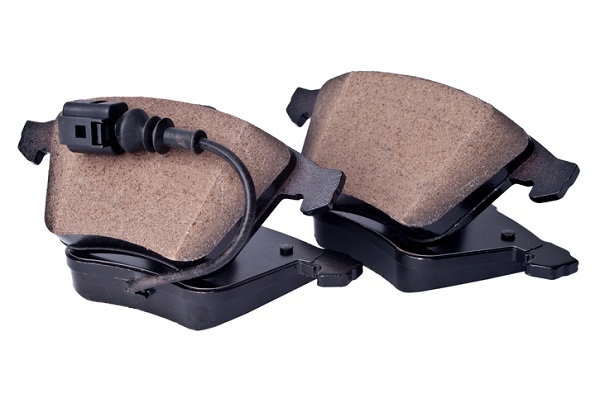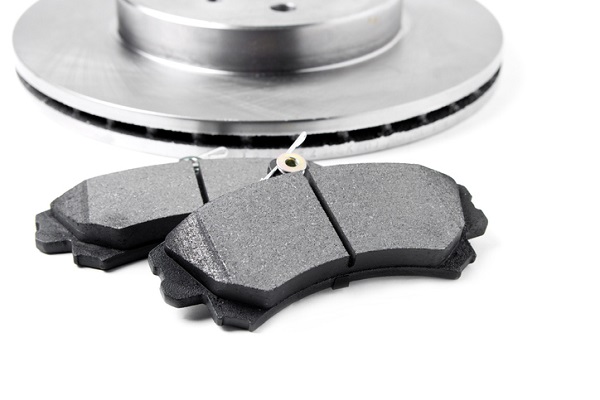
When it comes to staying safe while driving, few car parts are as important as the brakes. Given drivers’ specific needs, they will want to choose brakes that best fit their style of driving, the purposes for why they use their car, and the conditions they live and drive under.
Although organic brake pads are the most common, we’re going to take a look at the two kinds that aren’t used as often, but which have significant advantages. Here’s an in-depth look at both ceramic and metallic brake pads, and what automotive service technicians should know about both.
Ceramic Brake Pads: An Expensive Option, But a Reliable One
Developed in the 1980s, ceramic brake pads first emerged partly out of a need for a safer alternative to organic pads, which contained asbestos (a carcinogen). One major advantage to ceramic pads is that they are better at creating friction, which helps them perform better. As well, they are quiet, sturdy, and boast a long lifespan. They also stand out for their stopping power, minimal rotor wear, and lack of dust buildup. Although these are the most expensive option for brake pads, they are also the newest type of brake pad material. Those in automotive mechanic training can recommend them for drivers who spend a lot of time driving on highways and in cities, or who simply want a higher quality product than organic pads.

Metallic Brake Pads: Great Power and Strength, Even Through Heat
With its metal-based content, these kinds of brake pads provide plenty of friction through their mixture of steel alloys, iron and fillers. As well, they are strong and not easily compressible. These brake pads can either come in fully-metallic form, or semi-metallic (the latter’s metal by weight often being somewhere between 30 to 65 per cent). These pads can also be effective in higher temperatures and are better suited for towing. Despite metallic brake pads being less efficient in colder weather, as well as being noisier and more likely to generate dust than ceramic ones, they are a fantastic option for those looking for greater durability and stopping power.

What an Automotive Service Technician Should Know About Both
When it comes to deciding which one to recommend to customers as an automotive service technician, a lot depends on which brake pads are best for each customer’s needs. This can come down to various factors, including price, location, and the vehicle’s primary use (e.g. towing, work purposes, regular driving, etc). For those who live and drive in extreme weather conditions or who require something a little more heavy duty, metallic brake pads might be best. However, ceramic ones are a good option for those who want a superior brake pad for everyday driving, but without the noise and pollution that metallic brakes can cause. Neither one is going to be ideal in every situation, so it’s important to talk with customers to find out what will work best for them.
Want to take auto technician courses?
Contact Automotive Training Centres for more information!

